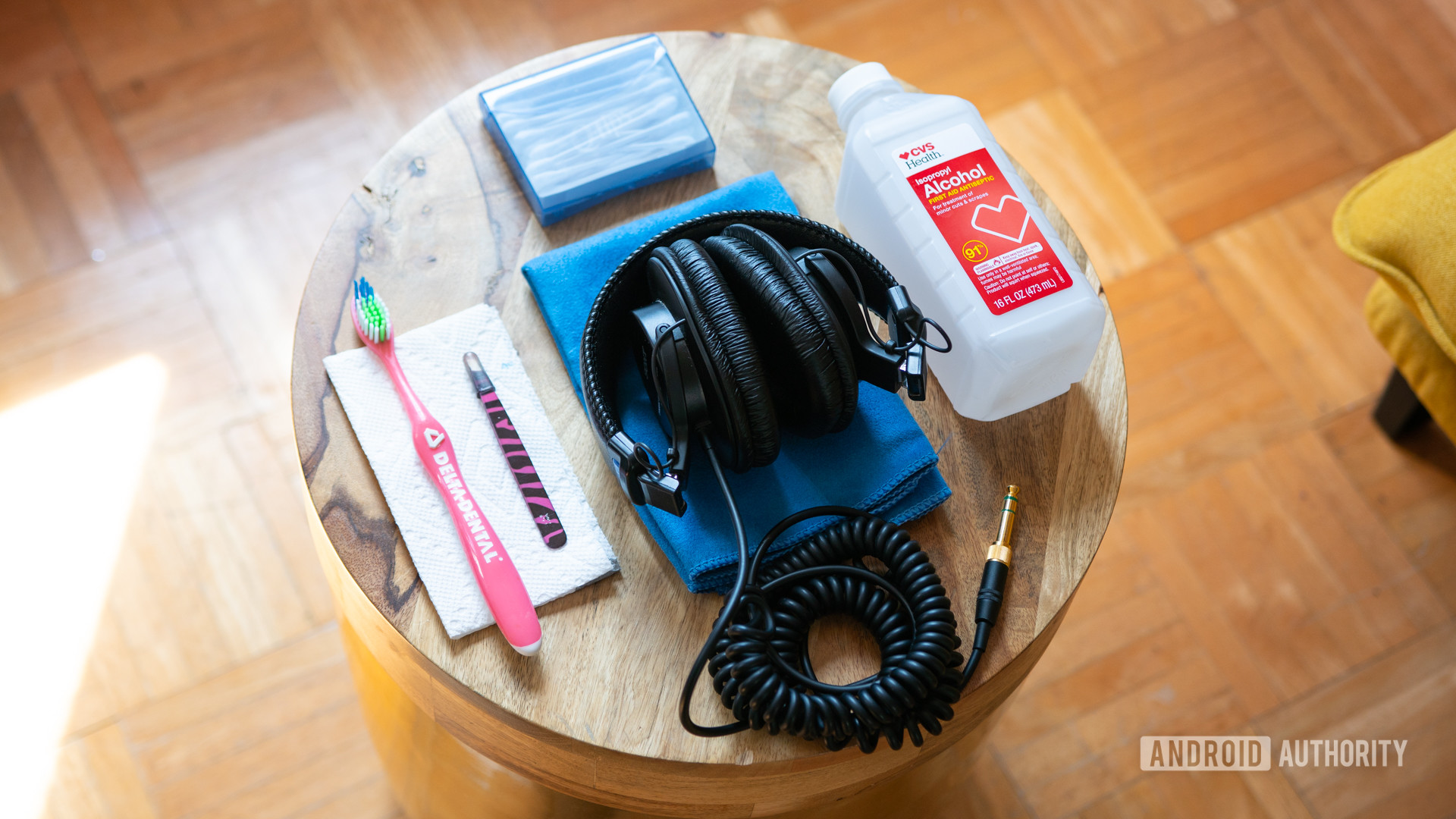Affiliate links on Android Authority may earn us a commission. Learn more.
How to ensure that headphones last as long as possible
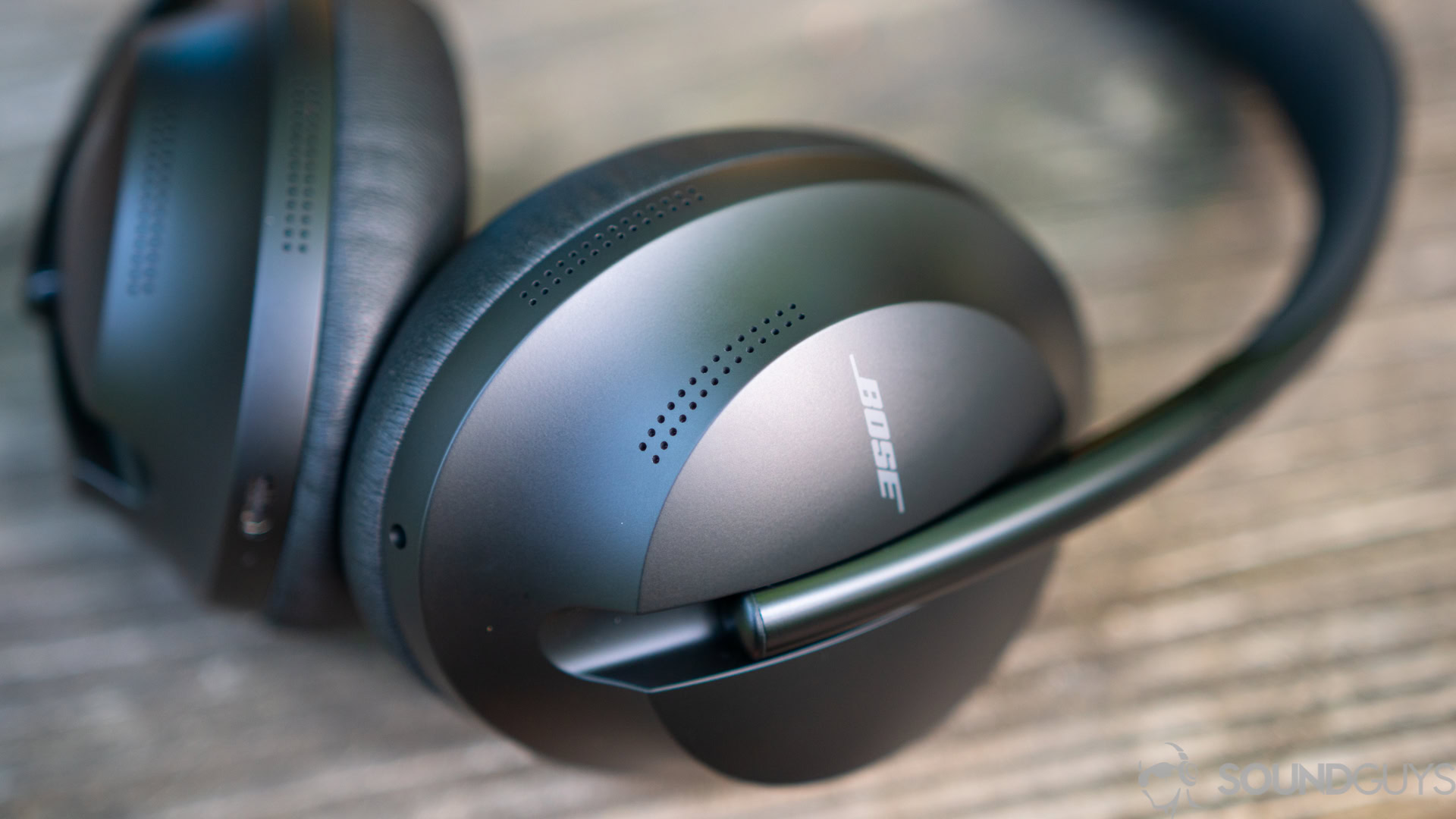
A new pair of earbuds or headphones can be quite an investment. When paying a pretty penny for something, you’ll want to make them last as long as possible. These are best practices when using and storing your headphones. That way, you can continue to enjoy your wireless earbuds and headphones for years to come.
Try to avoid constantly charging your headphones and earbuds
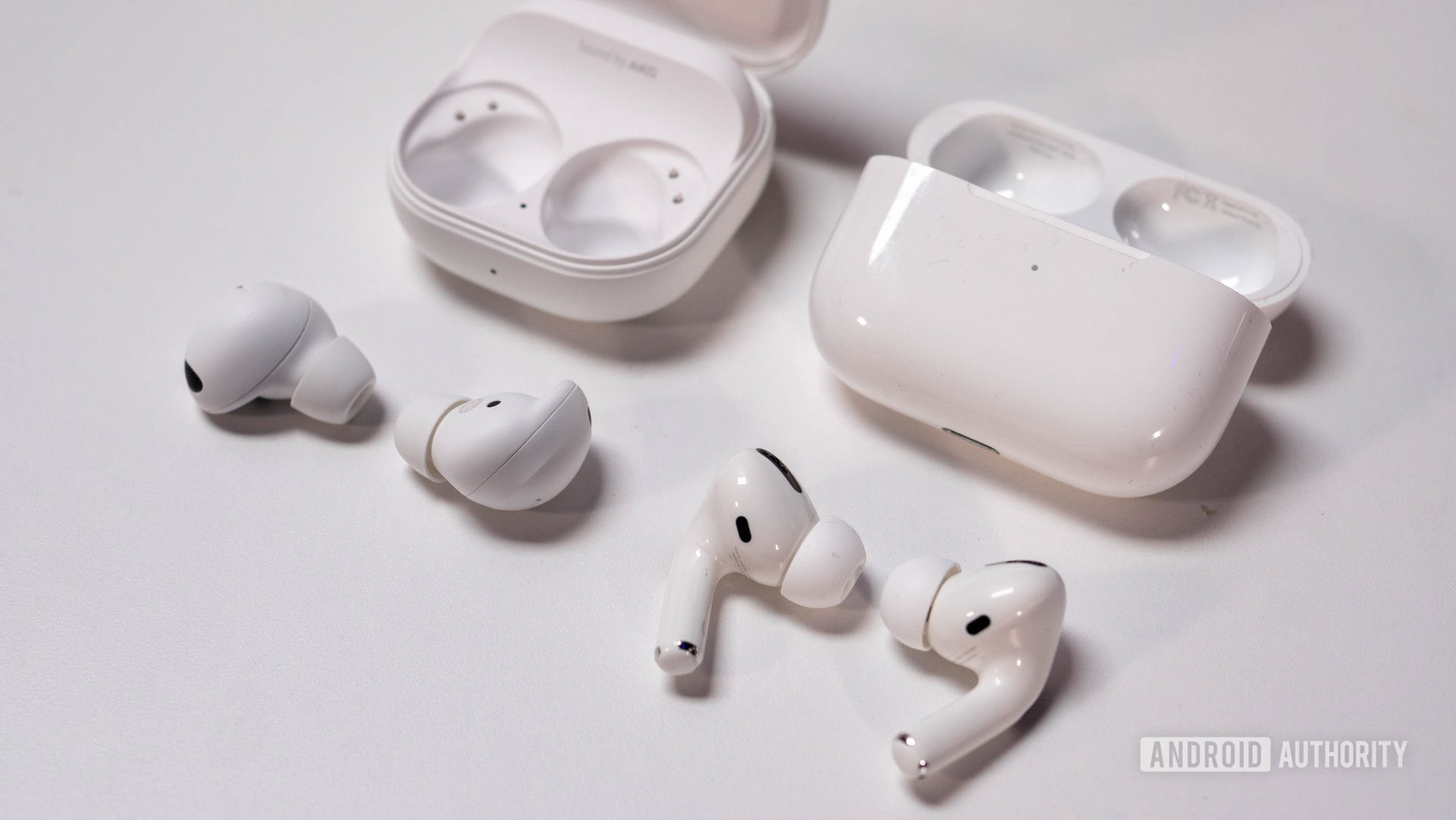
Wireless earbuds and headphones store lithium-ion batteries, which degrade over time. Although there’s no way to avoid degradation completely, you can slow it down. In doing so, you’ll extend the life of your product’s batteries. It’s hard to say with certainty precisely how long your earbuds or headphones will last, but as a benchmark: wireless earbuds generally only last two years of daily use. Headphones can last a bit longer because their battery cells are much longer, and they’re not regularly subjected to a charge and deplete cycle.
There’s not much room to cram larger battery cells into wireless earbuds. As a result, these devices require some more care to ensure they last as long as possible. If you plan to use your buds for a few minutes here and there, store them outside the charging case throughout the day. Then, either manually power them off or disconnect them from your phone’s Bluetooth so the buds can automatically shut off.
If you aren't going to use your true wireless earbuds for a while and they're above 40% battery, store them powered off outside of the case.
Although storing your earbuds outside the case isn’t the most convenient thing, it does extend the earbuds’ battery life. We recommend only returning your buds to the case when they dip somewhere between 20-40% battery.
Even though wireless headphones don’t come with charging cases like wireless earbuds, there are still ways to extend the battery’s life. Like earbuds, you’ll want to wait to recharge your wireless headphones until the battery drops to 20-40%. Funny enough, constantly charging electronics above 80% can shorten the battery’s life. You may notice your earbuds, headphones, or phones charge slower once they pass 80% — that’s to preserve the battery’s health.
Clean your headphones
Our ears are full of gross things. Wax, dirt, skin cells, and more can all get into your earbuds and headphones and damage them. This is especially true for buds, which have small openings that debris can easily block. In unfortunate conditions, wax or dirt can make it past your earbuds’ protective grills and onto the earbud drivers. Let’s not forget that plain old sweat can also damage your earbuds’ internals or headphones’ ear pads.
For all these reasons, cleaning your headphones and earbuds is essential. Each model will require a different approach. Generally speaking, I recommend cleaning your earbud housings and the ear tips. You’ll want to clean the case as all the dirt from your buds can rub off in there too. For headphones, go ahead and clean the padding and headband.
There’s no set rule for how often you should clean your headphones and earbuds, but we recommend cleaning once a week and increasing frequency depending on your activity level. Desk jockeys, for instance, won’t need to clean their earbuds as often as runners. To maintain tip-top ear health, you can clean your earbuds after every workout.
Replace any worn-out ear cups or ear tips, padding, and other components
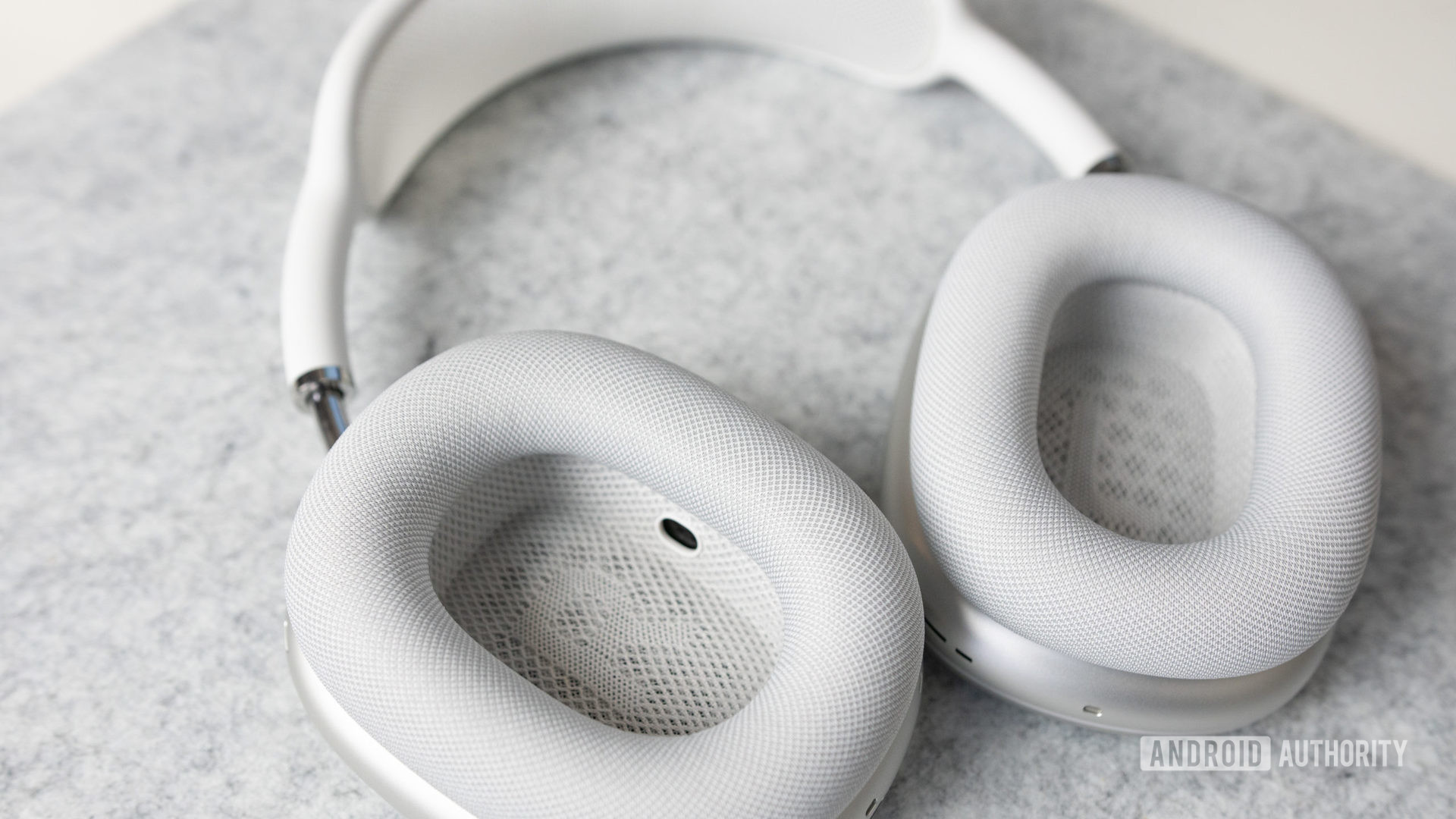
Unfortunately, companies don’t always make it easy to replace different parts of their headphones or earbuds. If you can source replacement parts, though, your headset will last much longer.
Most headphone models feature replaceable ear pads, and you can buy extras from the original manufacturer. You should do this whenever you notice they’re starting to fray or degrade. Not only does this help your headphones last longer, but you’ll get the best possible isolation from unwanted noise. Some manufacturers might let you send in your headset to get the padding on the headband replaced, too. If you have a model that uses replaceable cables, you can swap these out as necessary. Alternatively, you can try your hand at fixing headphone wires yourself.
Replacing ear tips is a good idea. While you’re at it, try to upgrade to foam tips since they create an even better seal than silicone. The earbuds themselves are much harder to replace as they wear out. Companies like Apple let you buy replacement earbuds for specific models, but it’s hard for consumers to replace the fiddly internals of earbuds. There are, however, third-party replacement and repair services you can take a look at.
Store your headphones correctly
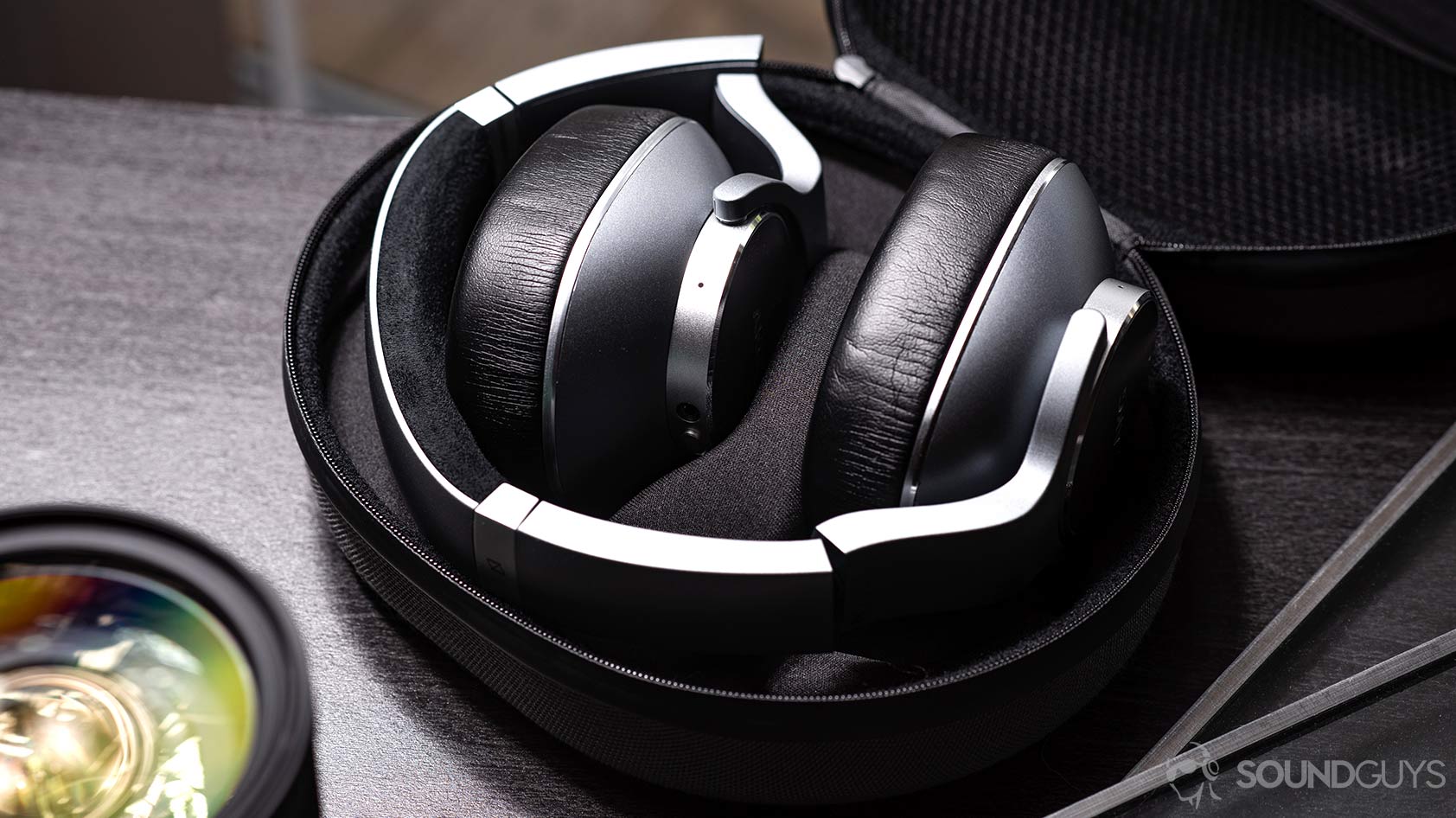
This might seem obvious advice, but if your headphones come with a storage (not charging) case, use it. It’s designed to keep them safe and protected from the elements. Sure, it’s easier to throw them into a backpack, but they will be tumbling around unprotected.
If you know you won’t use a set of headphones for a while, store them in a clean, low-dust area where they won’t get too hot or cold. Also, don’t store wired headphones with the cord wrapped around the body. This isn’t good for the cable or the headset. Also, don’t throw your sweaty earbuds or headphones into a case, and forget about them until next time. If you don’t have time to clean them, at the very least, let them air dry before returning them to the case.
Even if your headphones didn’t come with a dedicated storage option, you can still take steps to protect them from damage. The simplest one would be to get a drawstring pouch to store your earbuds when they’re not in their case. And whatever type of headset you have, don’t store heavy things on top of them.
Use your headphones with care
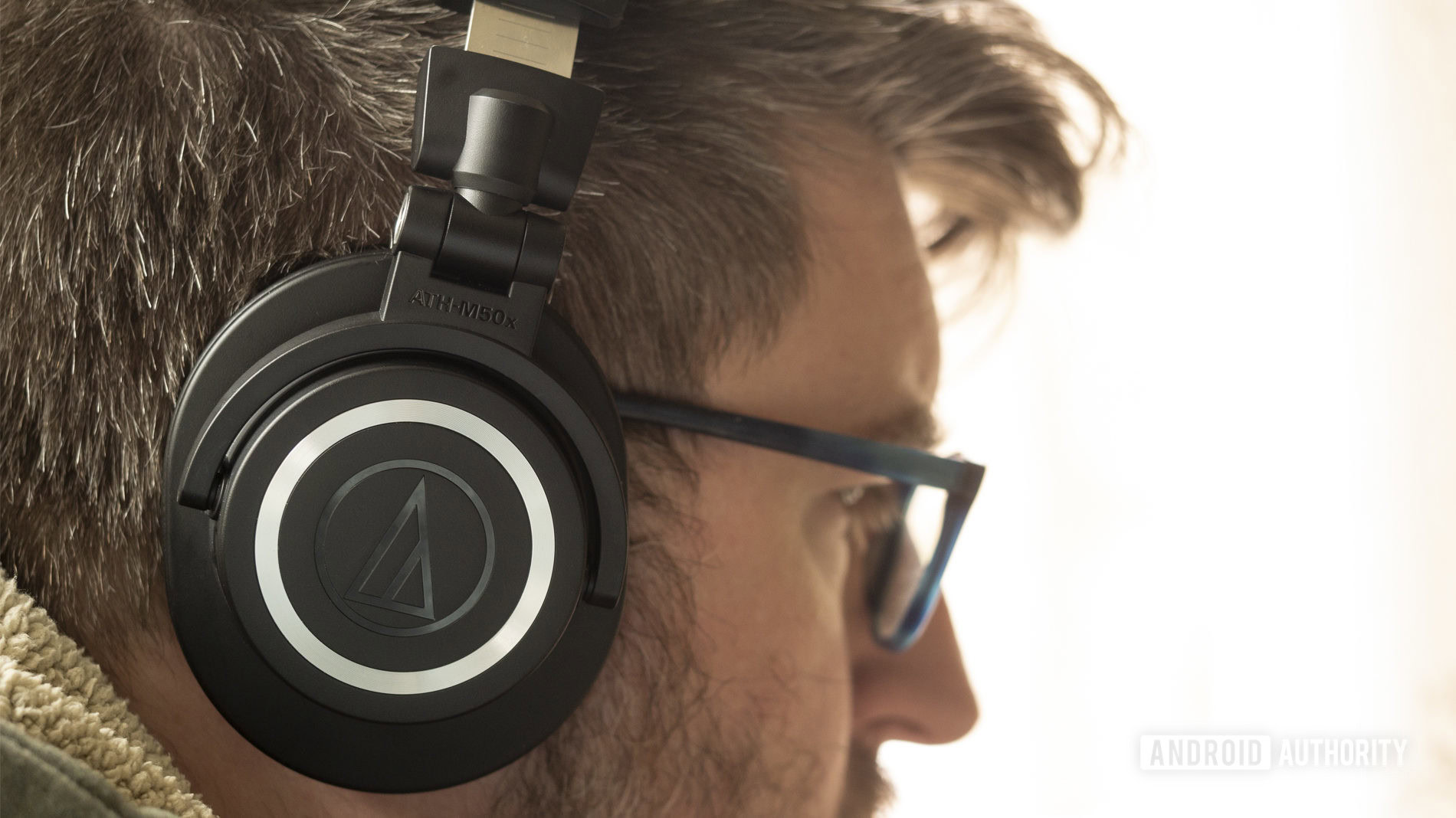
Last but not least, take care when using your headphones or earbuds. We’re not saying baby them, but small things can make a difference. Don’t grab wired models by their cords; this can damage the cable and sockets. And regardless of the type of headphones, don’t toss them on and off carelessly or let them fall to the floor. These are easy ways to damage them permanently.
When listening to content, choose a comfortable volume that’s not too loud. This is good for both your hearing and the drivers inside the headset. Avoid subjecting our headphones too loud “pops” or other loud bits of acoustic noise. However, “burning in” headphones isn’t a thing, so don’t worry about that.
Try not to spill things on your headphones and earbuds, either. Yes, many models these days have pretty rugged IP ratings, but it’s better to avoid water damage altogether than introduce the possibility. On that note, follow any specific manufacturer’s instructions when using your headphones. After all, not doing so might void your warranty, which would be a huge bummer. But do take advantage of the warranty instead of throwing out a pair and buying new headphones when something goes wrong.
Overall, some common sense and a few best practices are all you need to get the most life out of your headphones and earbuds.
FAQs
If you use your wireless headphones every day and only recharge them as needed you’ll likely get three years or more out of them.
Yes, wired headphones generally last longer than wired ones because the cables are typically replaceable. With wireless headphones, once the batteries degrade, you’re without a paddle. Many wireless headphones still have headphone jacks, but not all of them.
